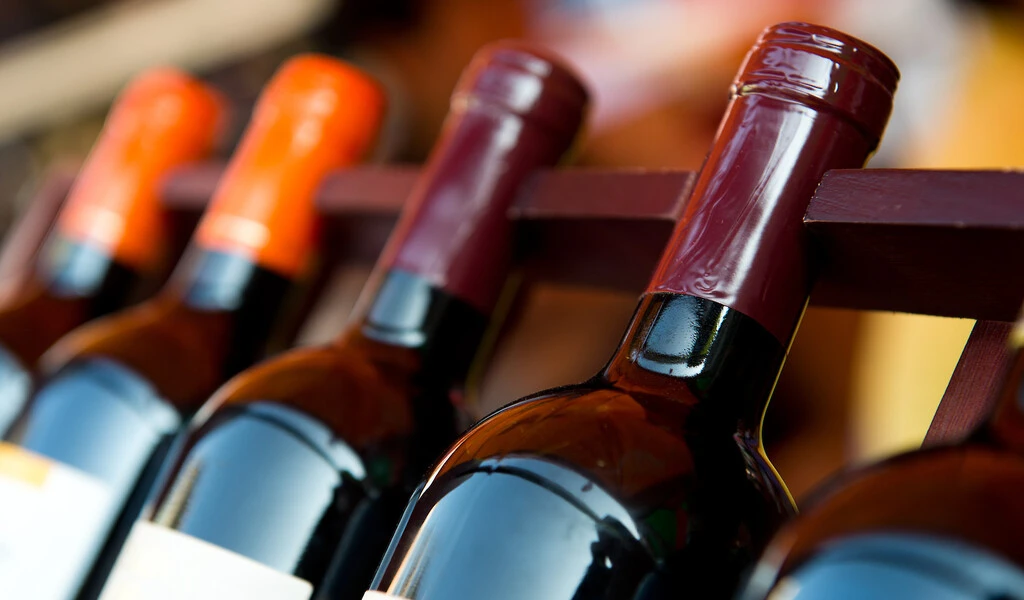Lifestyles
Wine Tasting 101: A Beginner’s Guide to Exploring the World of Wine

Are you an amateur wine enthusiast eager to learn more about the nuances of different types of wine? It can be intimidating to delve into a hobby with so much terminology and seemingly endless possibilities.
Wine tasting may seem complex, but the basics are straightforward to grasp. With this beginner’s guide in hand, even the newest wine drinkers can feel confident navigating the world of wines with ease.
In this article, we’ll cover all the essentials you need to know when approaching your next tasting—from tips on how best to sample various flavors while keeping track of notes to recommendations for unique varietals that are sure to pop open up your palette.
A Brief Overview of Wine Varieties and Styles
Wine, an alcoholic beverage made from fermented grapes, comes in various styles and flavors. From the light and delicate white wines to the rich and bold red wines, every glass offers a unique taste experience.
The well-known white wine varieties include Chardonnay, Sauvignon Blanc, and Pinot Grigio. These wines are often chilled and paired with light seafood and salads.
On the other hand, red wines such as Cabernet Sauvignon, Merlot, and Shiraz are often paired with hearty meals and served at room temperature. With so many options, finding a wine that suits your taste preferences and meal accompaniments is easy.
So, the next time you’re in the mood for a glass of wine, take a moment to explore the many varieties and styles available. You may be surprised at what you discover.
What to Look for in a Good Quality Wine
To be sure you’re sampling quality wines, there are a few key points to keep. First, check the label for the grape variety and vintage year information. The type of grape is usually printed on the outside of the bottle, while the vintage will often appear on an internal label or neck tag.
Additionally, look for evidence that your wine was adequately stored and aged—vintages from reputable wineries should contain details about bottle temperature and storage length.
Finally, it’s essential to consider color when evaluating a quality wine. White wines tend to have a light straw color with hints of green or yellow, while red wines should have deep hues of purple and ruby reds.
Please pay attention to these minor details as they can show a wine’s quality. At https://cellarswineclub.com/, you can find out more information.
Understanding the Different Types of Tasting Techniques
Once you have a firm grasp of the different types of wines, it’s time to explore tasting techniques. There are many ways to taste wine, offering a unique insight into its flavors and aromas.
For instance, the standard approach typically involves taking a sip, swirling it in your mouth for a few seconds, then swallowing or spitting out the wine. This method allows you to get a sense of the entire body of the wine in one go.
On the other hand, “sommelier-style” tasting involves short sips followed by quick aeration and sniffing before finally taking an extended sip.
This technique is more involved but can bring out subtle nuances that might not be noticed otherwise. Whatever method you choose, remember to take your time as you learn each wine’s various notes and characteristics.
Tips for Choosing the Right Glassware
While it may seem unimportant, the type of glassware you use can affect the overall tasting experience. For instance, white wines are often served in smaller glasses with narrow shapes and long stems. It is to help keep the wine cool and maintain its freshness.
Red wines, however, should be served in larger stemmed glasses with a wider opening at the top to allow for more oxygenation.
No matter what type of glass you choose, ensure it’s clean and clear to ensure optimal clarity when sampling your favorite varieties. Additionally, consider investing in quality stemware—crystal or lead-free crystal is best—as these materials will not affect the flavor of your wine like plastic or ceramic can.
Setting Up an Ideal Atmosphere for Tasting Experiences
Once you have all the necessary supplies, it’s time to create a pleasant and tranquil atmosphere for your wine-tasting sessions. Start by lighting candles or soft lamps in the room, then choose music to help set a pleasant mood.
Ambient soundtracks like classical, jazz, or instrumental music are excellent options.
Next, add snacks such as olives, cheese, nuts, and fruits to accompany the wines. If you’re hosting a more significant event or dinner party, try setting up several stations with different food pairings—this can make for an exciting experience.
Finally, remember to keep the temperature in the room comfortable—wine should be served at cellar temperatures (around 55°F/13°C) to get the best flavor profile.
How to Make the Most Out of a Wine-Tasting Event
When attending a wine-tasting event, you’ll want to maximize your experience. Begin by studying the menu or list of wines and prepare yourself with some background information before going in. It will help you identify notes and aromas more accurately and give you an edge when it comes time for the evaluation portion of the event.
Additionally, prepare to note down any tasting comments on a piece of paper or a smartphone app. Doing so helps refine your palate and allows you to look back at previous tastings and compare them against others. Also, don’t forget to take pictures as souvenirs for future reference—this way, you can revisit past events whenever you please.
SEE ALSO: 10 Genius Hacks To Save Money Without Sacrificing Your Lifestyle





























